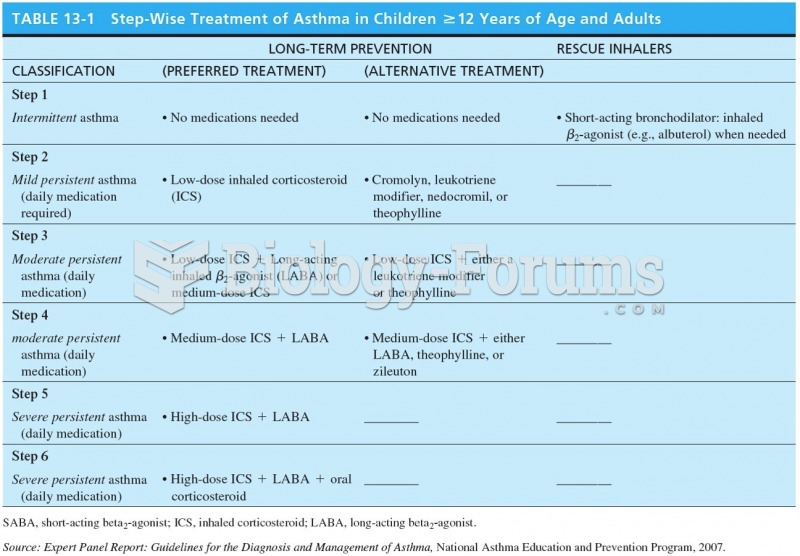Answer to Question 1
Responses to the two parts of the question are as follows:
1. The response should include at least three of the following ideas:
Many of children's beliefs are personally constructed rather than being handed down from adults.
Some misconceptions are based on how things appear to be. For example, it appears to earth dwellers that the sun moves across the sky. And despite the phenomenon of inertia (which tells us that objects continue to move in a particular direction once a force gets them going in that direction), a heavy piano being pushed across the floor will stop unless the pushing continues.
Common expressions in language promote misconceptions (e.g., the sun rises and sets).
Cartoons and other television shows do not always depict reality (e.g., after running off a cliff, Wile E. Coyote doesn't fall until he realizes that there's nothing holding him up, and then he falls straight down rather than falling in a more scientifically accurate parabolic path).
Textbooks sometimes convey inaccurate information.
Religious teachings may communicate ideas that are inconsistent with scientifically accepted views.
2. Strategies for promoting conceptual change include the following (the response should include at least three of these):
Identify misconceptions before instruction begins so that instruction can deal specifically with them.
Challenge children's existing beliefs.
Describe or demonstrate a phenomenon that children cannot adequately explain using their current understanding of the world.
Have children discuss the pros and cons of various explanations.
Explicitly point out how children's beliefs differ from correct explanations.
Show how the correct explanation is more plausible (i.e., makes more sense) than children's existing beliefs.
Give children the time to study a topic in depth so that they truly understand it rather than memorizing it in a superficial, rote manner.
Answer to Question 2
B







